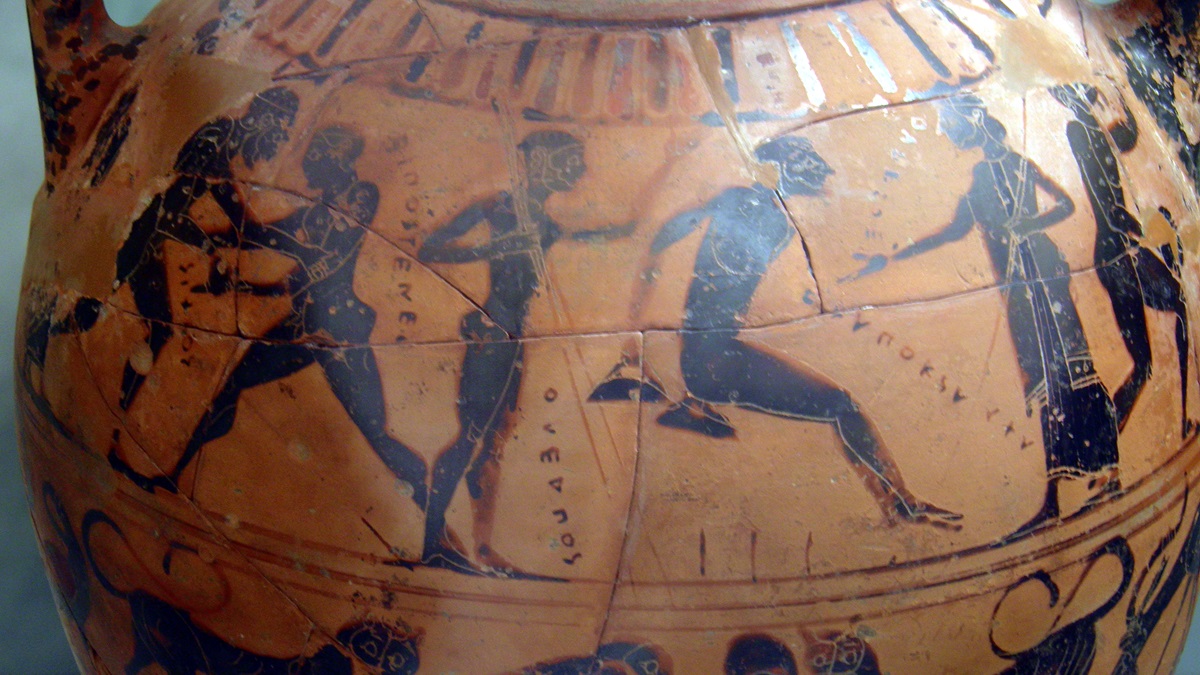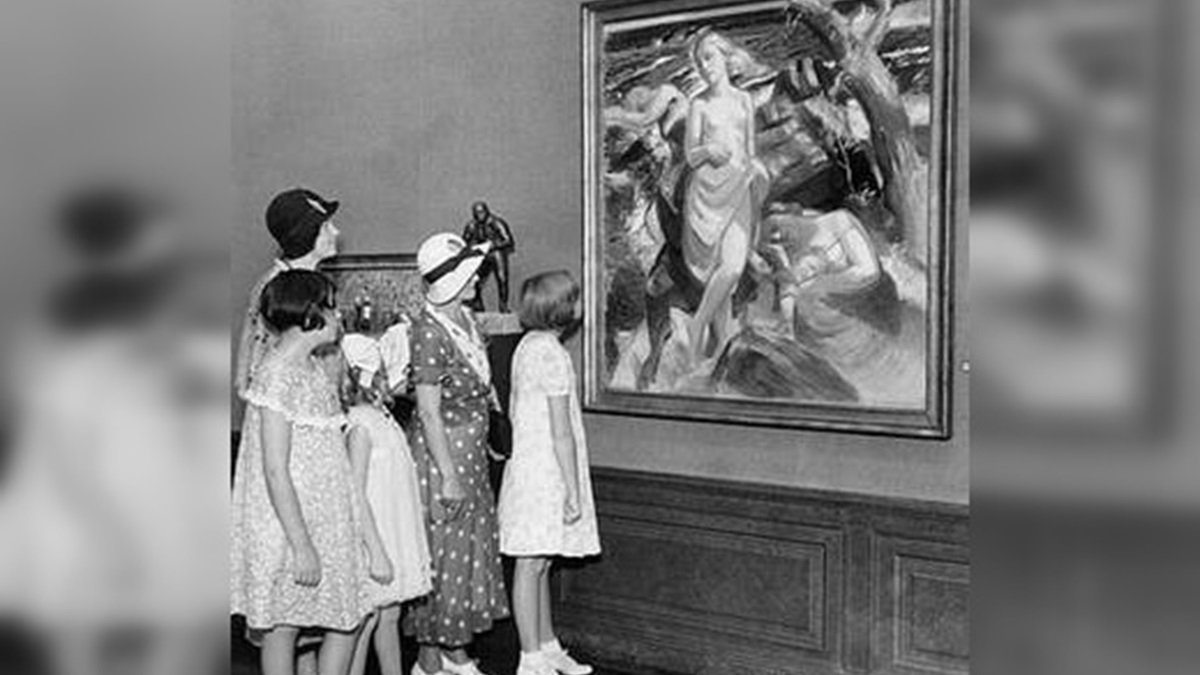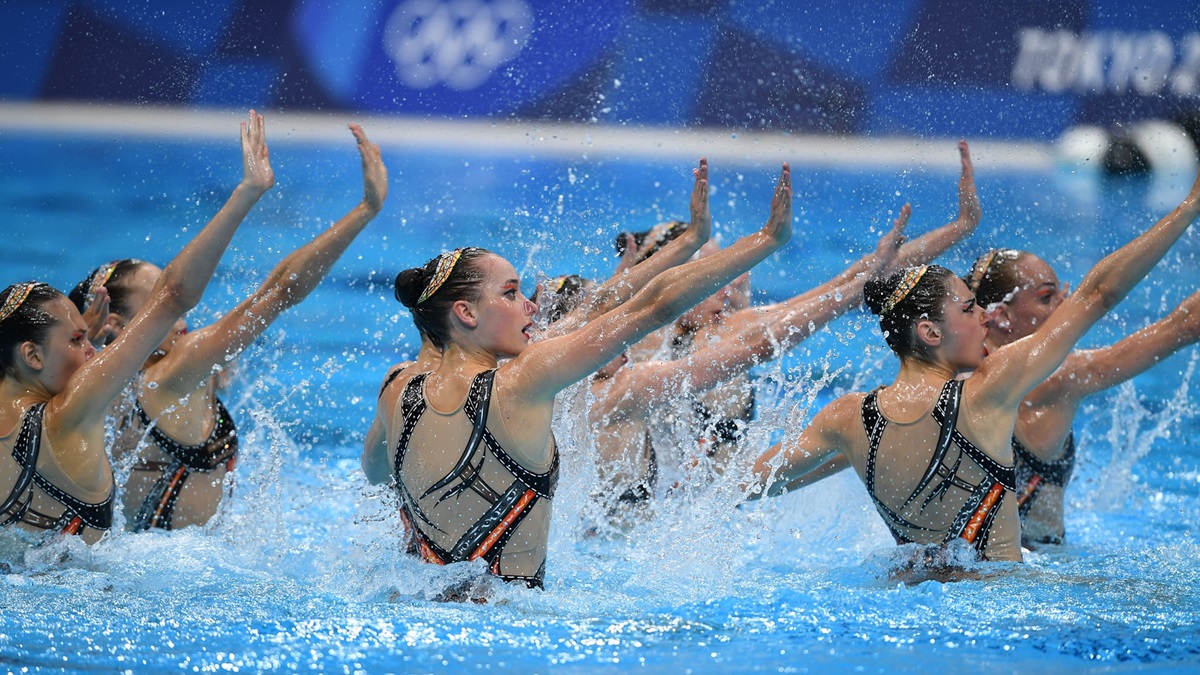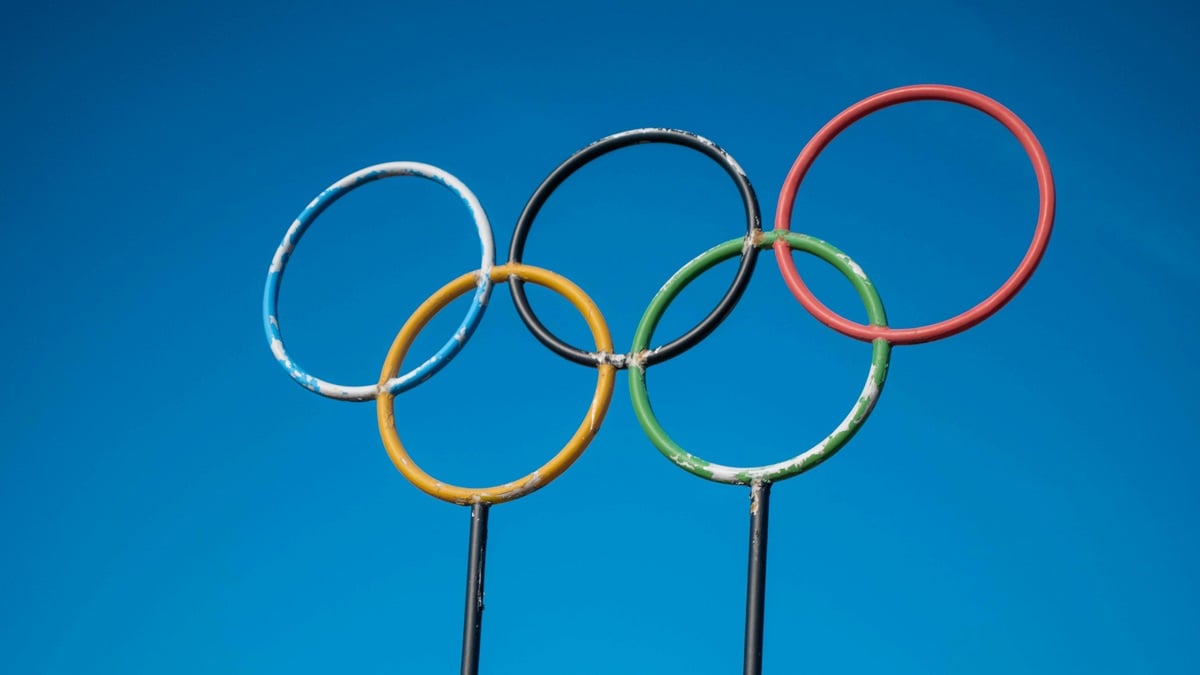From its origins in ancient Greece to the global spectacle it has become throughout the years, the Olympics is a testament to athleticism and friendship among nations. It has a rich history that dates back almost 3,000 years, and there have been many changes and interesting happenings in that time that you might not know about, some you may even find unbelievable.
10. The first Olympic Games had only one event
The first Olympic Games were held in 776 BC and from then until 724 BC, the athletes competed in only one event — the station, a footrace where competitors raced against each other along a 600-foot track. The very first winner of the Olympics was a man named Koroibos, who worked as a cook and lived in the city of Elis. Later, more sports were added such as boxing, chariot racing, javelin, running, wrestling, and pankration — a combination of wrestling and boxing.
9. Athletes competed in the nude

Believe it or not, athletes at the ancient Olympics were naked when they competed, and this is depicted in illustrations from ancient artifacts. This includes running, boxing, and throwing discus discs and javelins in the nude. The only ones exempt were the charioteers, who donned white tunics. The reason for competing naked isn’t known, but historians believe it was done to show off their physique. Moreover, it was easier to move without garments getting in the way, and athletes were rubbed with olive oil.
8. Winners were awarded olive wreaths in the ancient Olympics
Today, Olympic winners are awarded gold, silver, or bronze medals. In the ancient Olympics, however, there was only one winner, and they were given an olive wreath. Wild olive branches, or kotinos, were taken from the sacred woods and were cut with a golden knife. They were twisted to form crowns that winners wore on their heads. The olive tree had a profound religious significance to the ancient Greeks.
7. The Olympic Games had a 1,500-year hiatus
The Olympics were held every four years since it started in 776 BC, but the Games were banned in 393 AD by the emperor. Theodosius I strictly adhered to Christian doctrine and forbade all pagan rituals and activities, which included the Olympic Games. It only came back after 1,500 years. In 1894, Pierre de Coubertin established the International Olympic Committee (IOC), and in 1896, the first modern Olympics was held in Athens, Greece.
6. There was a time when artists competed at the Games

From 1912 until 1952, art competitions were included in the Olympic Games. There were contests for music, painting, architecture, literature, and sculpture. It was de Coubertin’s idea to include the arts. “In the high times of Olympia, the fine arts were combined harmoniously with the Olympic Games to create their glory. This is to become reality once again,” he wrote. However, the art competitions were later removed from the Games, as the IOC realized that most of the competitors were professionals, which was against the spirit of the Olympics.
5. The longest Olympic wrestling match lasted nearly 12 hours
In 1912, the longest Olympic wrestling match occurred between Finland’s Alfred Asikainen and Estonia’s Martin Klein. Back then, there was no time limit, and the only way to win was to pin an opponent down. Asikainen and Klein’s match lasted a shocking 11 hours and 40 minutes before Klein won his place to compete in the finals. Due to the fatigue of wrestling for more than 11 hours, though, he withdrew from the final match and went home with a silver medal. The rules have since changed and now, wrestling rounds can only last a maximum of three minutes.
4. Solo synchronized swimming was once part of the Olympics

Yes, there’s such a thing as solo synchronized swimming, and it was part of the Olympics from 1984 to 1992. In solo synchronized swimming, athletes are judged for their technique and artistry in the water while moving in sync with the music. The event was only included in three Olympic Games before organizers realized that synchronized swimming with a team was more entertaining to watch, and it was easier to judge synchronicity when athletes performed in a group.
3. It was only in 2012 that all events had female competitors at the Games
Women were first allowed to compete in the Olympic Games in Paris in 1900. Back then, there were 997 competitors from all over the world, and only 22 were women. The IOC has since pushed for equality in sports. In 1991, the IOC declared that new Olympic sports must include a women’s competition. However, it was only in 2012 at the London Olympic Games where all the events had a female athlete compete. The number of female participants in the Olympics has increased over the years, and the 2024 Paris Olympics is the first time that there’s a 50-50 split of male and female competitors.
2. There were only three instances in the modern Olympics when the event was entirely canceled
Just over a week before the 1968 Olympics in Mexico, the Tlatelolco Massacre happened. However, that didn’t stop the Games from happening. Likewise in 1972, terrorists attacked the Olympic Village in Germany, but the Games were only suspended for two days before the events resumed. In the middle of the Olympics in 1996 held in Atlanta, Georgia, a bomb exploded at the Centennial Olympic Park, but still, the Games continued. Throughout the years, the only times when the Olympic Games were canceled were during wars. The 1916 Olympics was canceled due to World War I, and the 1940 and 1944 Games were canceled because of World War II.
1. Gold medals aren’t made of solid gold

You might be surprised to find out that gold medals given to winners at the Olympics aren’t made of pure gold. The last time pure gold medals were awarded was at the 1912 Olympics in Stockholm, Sweden. Since then, gold medals have been made of 92.5 percent of silver plated with six grams of pure gold. The IOC has not given a reason why the medals aren’t pure gold, but it might be because it would be much more expensive. “If the Olympic Committee were to make all gold medals in pure gold, each medal would cost about $40,000,” engineer and assistant professor Rohit Pandey said. In addition, silver is more abundant than gold. It is estimated that an Olympic gold medal is worth approximately $1,400.

